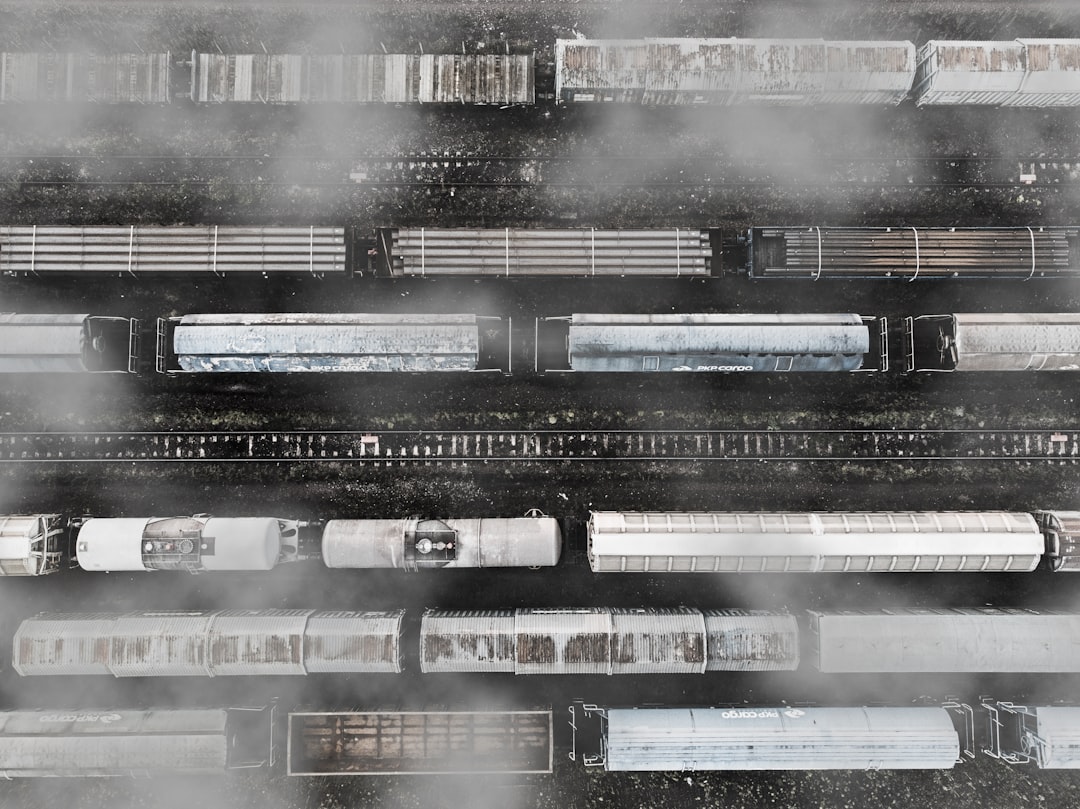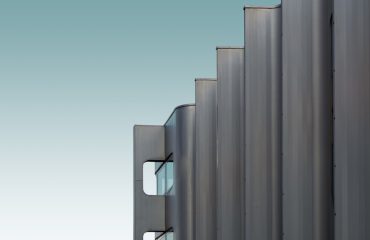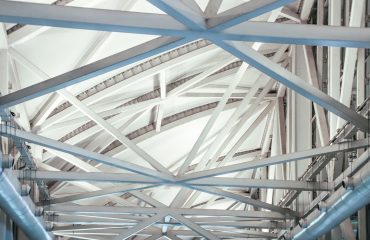Galvanized steel, a ubiquitous material in construction, infrastructure, and manufacturing, owes its widespread use to its exceptional corrosion resistance. This comprehensive guide delves into the science behind this resistance, exploring its mechanisms, applications, limitations, and factors that influence its longevity. Understanding these aspects is crucial for engineers, architects, and anyone working with this versatile material.
The Science Behind Galvanized Steel’s Corrosion Resistance
The remarkable corrosion resistance of galvanized steel stems from the zinc coating applied to its surface. This process, known as galvanization, involves dipping steel into a molten zinc bath, resulting in a metallurgically bonded zinc layer. This layer acts as a sacrificial anode, protecting the underlying steel from corrosion through several mechanisms:
- Barrier Protection: The zinc coating forms a physical barrier, preventing oxygen and moisture from reaching the steel surface. This is particularly effective against atmospheric corrosion.
- Sacrificial Protection: Zinc is more electrochemically active than steel. In the presence of moisture and electrolytes, zinc preferentially corrodes (oxidizes) instead of the steel. This process, known as galvanic corrosion, protects the steel even if the zinc coating is scratched or damaged. The zinc acts as a sacrificial anode, slowly corroding while protecting the steel cathode.
- Self-Healing Properties: Minor scratches or abrasions in the zinc coating can be self-healing. The exposed steel can react with atmospheric moisture to form a thin layer of zinc carbonate, which helps to seal the damage and maintain the protective barrier.
Factors Affecting the Longevity of Galvanized Steel
While galvanized steel offers excellent corrosion resistance, its lifespan can be affected by several factors:
- Thickness of the Zinc Coating: A thicker zinc coating provides longer-lasting protection. The coating thickness is typically specified in grams per square meter (gsm) or in microns (µm).
- Environmental Conditions: Aggressive environments, such as those with high humidity, salinity (coastal areas), or industrial pollutants, can accelerate corrosion. The presence of acidic substances further compromises the zinc coating’s protective ability.
- Surface Preparation: Proper surface preparation of the steel before galvanization is crucial. Any remaining rust, mill scale, or other impurities can hinder the adhesion of the zinc coating and reduce its effectiveness.
- Type of Steel: The type of steel used also plays a role. Higher-strength steels may exhibit different corrosion behavior compared to mild steel.
- Post-Galvanization Handling: Damage to the zinc coating during transportation, handling, or installation can reduce its lifespan. Careful handling is essential to maintain the integrity of the protective layer.
Applications of Galvanized Steel: Where it Shines
The exceptional corrosion resistance of galvanized steel makes it ideal for a wide range of applications, including:
- Construction: Roofing, cladding, structural components, and fencing.
- Automotive Industry: Body panels, bumpers, and other exterior components.
- Infrastructure: Bridges, pipelines, and transmission towers.
- Appliances: Washing machines, refrigerators, and other household appliances.
- Agricultural Equipment: Tractors, harvesters, and other farming machinery.
Limitations of Galvanized Steel: When to Consider Alternatives
Despite its advantages, galvanized steel has certain limitations:
- Hydrogen Embrittlement: In some cases, the galvanization process can introduce hydrogen into the steel, leading to hydrogen embrittlement and reduced ductility. This is more of a concern for high-strength steels.
- Appearance: The galvanized coating has a characteristic silvery-grey appearance, which may not be suitable for all aesthetic applications. Further finishing may be required for specific visual requirements.
- High-Temperature Applications: The zinc coating can oxidize at high temperatures, compromising its protective properties. Alternative coatings are often necessary for high-temperature applications.
- Alkaline Environments: While resistant to many corrosive environments, galvanized steel can exhibit reduced corrosion resistance in strongly alkaline conditions.
Maintaining and Extending the Lifespan of Galvanized Steel
Proper maintenance can significantly extend the lifespan of galvanized steel structures. Regular inspections for damage, prompt repair of any scratches or abrasions, and cleaning to remove corrosive substances can help maintain the integrity of the zinc coating. In harsh environments, protective coatings or paints may be applied to further enhance corrosion resistance.
In conclusion, galvanized steel’s exceptional corrosion resistance makes it a highly valuable material across numerous industries. Understanding the science behind this resistance, the factors that influence its longevity, and its limitations is key to maximizing its performance and lifespan in various applications.




